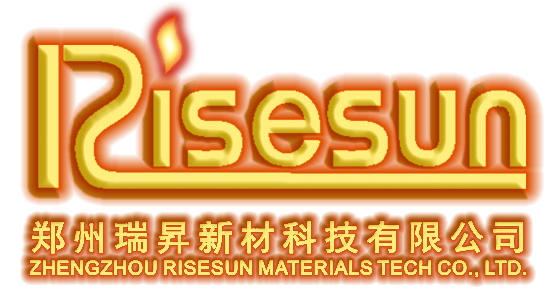09
2024
-
10
Exploring the Advantages and Applications of MoSi2 Heating Elements in Electrical and Thermal Equipment
MoSi2 heating elements, made from molybdenum disilicide, are a significant innovation in the field of electric heating technologies. These elements have garnered attention due to their remarkable resistance to high temperatures and oxidation, making them suitable for a wide range of applications in the electrical and thermal equipment industry. One of the key advantages of MoSi2 heating elements i
MoSi2 heating elements, made from molybdenum disilicide, are a significant innovation in the field of electric heating technologies. These elements have garnered attention due to their remarkable resistance to high temperatures and oxidation, making them suitable for a wide range of applications in the electrical and thermal equipment industry.
One of the key advantages of MoSi2 heating elements is their ability to operate at extremely high temperatures, often exceeding 1600°C. This capability is crucial in industries such as ceramics, glass manufacturing, and metal processing, where high-temperature environments are standard. Unlike traditional heating elements, MoSi2 can withstand thermal cycling without significant degradation, which leads to longer service life and reduced maintenance costs.
In addition to their impressive temperature resistance, MoSi2 heating elements exhibit excellent thermal conductivity. This property allows for even heat distribution, minimizing temperature fluctuations and ensuring that the materials being heated are processed uniformly. As a result, products manufactured using MoSi2 heating elements often show improved quality and performance, which is a critical factor in competitive markets.
Another noteworthy aspect of MoSi2 heating elements is their resistance to oxidation. When exposed to high temperatures in an oxidizing atmosphere, these elements form a protective silicon dioxide layer that helps prevent further degradation. This self-protective feature significantly enhances their operational longevity compared to conventional heating elements that may succumb to oxidation and require frequent replacements.
The versatility of MoSi2 heating elements extends beyond their use in high-temperature applications. They can be employed in various settings, including laboratory furnaces, vacuum furnaces, and industrial production processes. Their adaptability makes them a preferred choice for those looking to improve efficiency in diverse heating scenarios.
Furthermore, MoSi2 heating elements are relatively easy to install and integrate into existing systems. Their compatibility with different control strategies allows for seamless automation in industrial processes, enhancing operational efficiency. This ease of integration is particularly advantageous for businesses aiming to upgrade their heating systems without extensive modifications.
In summary, MoSi2 heating elements represent a significant advancement in the electric heating sector. With their high-temperature capabilities, oxidation resistance, and versatility, these elements offer numerous benefits for industries requiring reliable and efficient heating solutions. By understanding the unique characteristics and applications of MoSi2 heating elements, professionals in the electrical and thermal equipment industry can make informed decisions that enhance productivity and product quality. Investing in this technology could lead to substantial long-term benefits for your business.



